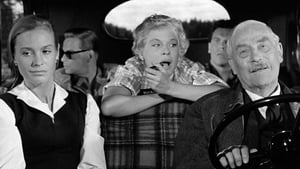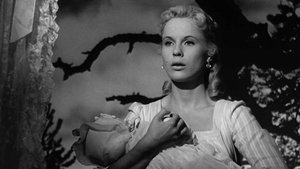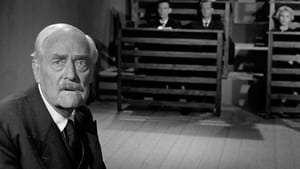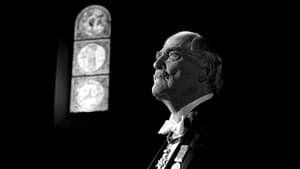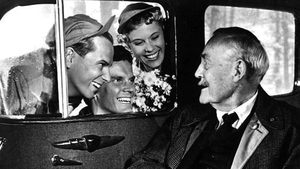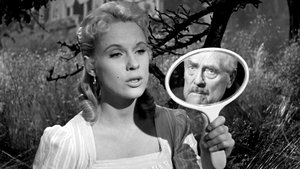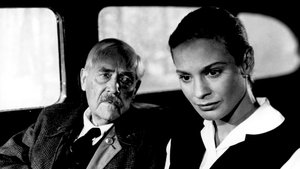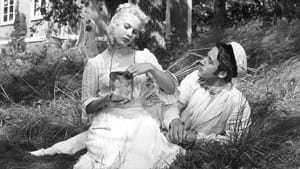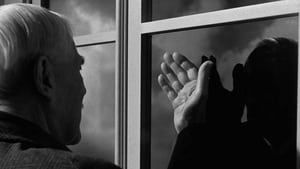Video Sources 0 Views
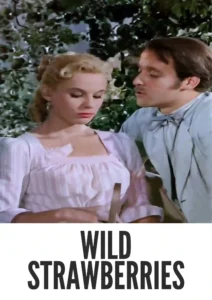
Download Wild Strawberries (1957) Colorized HD | Victor Sjöström | Existential Road Movie
Synopsis

Delve into Ingmar Bergman’s poignant masterpiece, Wild Strawberries, a profound exploration of life, memory, and reconciliation, now exquisitely colorized for a revitalized cinematic experience. This film, directed by the visionary Ingmar Bergman, offers a deeply moving narrative that transcends time, inviting viewers to contemplate the essence of existence. Perfect for art-house enthusiasts and those seeking profound emotional depth, this HD download presents a timeless classic in a fresh, engaging format.
Wild Strawberries tells the story of Professor Isak Borg (Victor Sjöström), an elderly physician embarking on a road trip to receive an honorary degree. Accompanied by his pregnant daughter-in-law, Marianne (Ingrid Thulin), Isak’s journey becomes a voyage of self-discovery as he confronts his past, his regrets, and his relationships.
Along the way, Isak encounters a series of characters who trigger vivid memories and introspective dreams. These encounters force him to re-evaluate his life, his cold and detached demeanor, and the choices he has made. Through dreamlike sequences and poignant flashbacks, Isak revisits moments of lost love, missed opportunities, and unresolved conflicts.
As Isak grapples with his past, he begins to experience a gradual transformation. He softens his hardened exterior, acknowledges his shortcomings, and seeks to reconcile with those he has hurt. The film culminates in a moment of profound self-awareness as Isak finds peace with himself and embraces the prospect of mortality. Wild Strawberries is a deeply humanistic and philosophical film that resonates with audiences on a profound emotional level.
The film features a stellar cast of actors who bring Bergman’s complex characters to life:
-
Victor Sjöström as Professor Isak Borg
-
Bibi Andersson as Sara
-
Ingrid Thulin as Marianne Borg
-
Gunnar Björnstrand as Evald Borg
-
Folke Sundquist as Anders
Wild Strawberries transcends traditional genre classifications, but it is best described as an existential road movie, blending elements of drama, psychological introspection, and philosophical inquiry. Its exploration of universal themes such as aging, memory, and mortality makes it a timeless and thought-provoking work of art.
Released in 1957, Wild Strawberries is a seminal work in Ingmar Bergman’s illustrious career and a cornerstone of Swedish cinema. The film was produced during a period when Swedish cinema was gaining international acclaim for its artistic innovation and intellectual depth. Wild Strawberries cemented Bergman’s reputation as one of the world’s leading filmmakers, influencing generations of directors with its introspective storytelling and visual symbolism. The film’s exploration of existential themes and its innovative use of dream sequences helped to redefine the boundaries of cinematic expression.
This colorized version of Wild Strawberries has been meticulously crafted using state-of-the-art digital techniques, enriching the visual experience while preserving the film’s original emotional depth and artistic integrity. The colorization process involved a painstaking analysis of the film’s grayscale tones, with careful attention paid to recreating the nuances of light, shadow, and atmosphere. Advanced algorithms were employed to select appropriate colors that enhance the film’s narrative and emotional impact. This meticulous process brings a new dimension to the characters and settings, making the story even more accessible and engaging for contemporary audiences. While debates may persist regarding the colorization of classic films, it serves to introduce these cinematic treasures to a wider audience, ensuring their enduring legacy.
-
: Ingmar Bergman
-
: Ingmar Bergman
-
: Gunnar Fischer
-
: Oscar Rosander
-
: Svensk Filmindustri
-
: Svensk Filmindustri
-
: 91 minutes
-
: MP4
-
: HD (1080p)
-
: Compatible with most devices, including smartphones, tablets, computers, and smart TVs.
Wild Strawberries is widely regarded as one of Ingmar Bergman’s greatest achievements, celebrated for its profound exploration of the human condition and its innovative cinematic techniques. The film has received numerous awards and accolades, and it continues to be studied and admired by film scholars and cinephiles around the world. Its enduring themes and timeless appeal ensure its place as a cinematic masterpiece. As an emotionally resonant and intellectually stimulating film, Wild Strawberries offers a unique and unforgettable viewing experience.
-
: What is Wild Strawberries about?
-
A: Wild Strawberries is a deeply moving and thought-provoking film about an elderly professor who embarks on a journey of self-discovery as he confronts his past and his mortality.
-
-
: Is Wild Strawberries a well-known Bergman film?
-
A: Yes, Wild Strawberries is one of Bergman’s most celebrated and influential works, known for its profound themes and innovative storytelling.
-
-
: Is this version of Wild Strawberries colorized?
-
A: Yes, this version has been professionally colorized to enhance the viewing experience for modern audiences.
-
-
: What makes Wild Strawberries interesting for film enthusiasts?
-
A: Wild Strawberries offers valuable insights into Bergman’s artistic vision and his exploration of complex psychological and philosophical themes.
-
-
: What is the download format?
-
A: The download format is MP4, which is compatible with most devices.
-
-
: What resolution is the download?
-
A: The resolution is HD (1080p), providing a high-quality viewing experience.
-
Watch Wild Strawberries Today!
